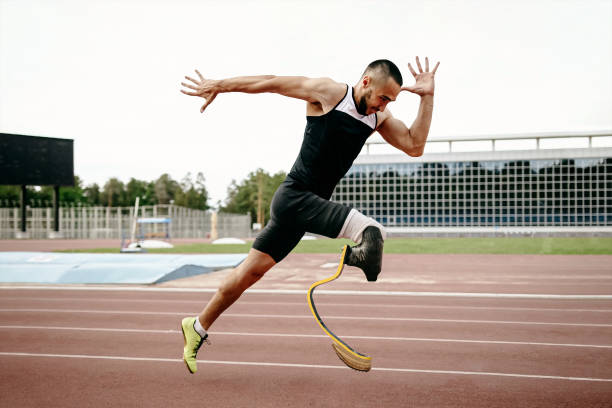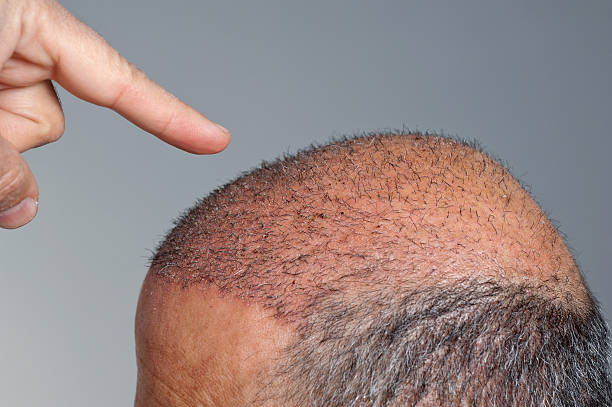Breaking Barriers: Unraveling the World of Adaptive Sports
The world of sports is more than just the glitz and glamour we see in professional leagues. It’s a platform where determination, resilience, and the human spirit are tested to the absolute limits. One such arena often overlooked is the realm of adaptive sports. This discipline is a testament to the indomitable spirit of athletes with disabilities who, against all odds, pursue their passion for sports and competition.

Chapter 1: The Dawn of Adaptive Sports
Adaptive sports have a rich and inspiring history. The inception of this discipline traces back to the aftermath of World War II when sports were used as a rehabilitation tool for war veterans. Sir Ludwig Guttmann, a neurologist at the Stoke Mandeville Hospital in England, revolutionized the treatment of spinal cord injuries by incorporating sports into the recovery process. This marked the birth of an inspiring journey that has since grown into a global movement, challenging the societal perceptions of disability and breaking barriers in the traditional sports landscape.
Chapter 2: The Current Landscape of Adaptive Sports
Today, adaptive sports have evolved beyond a rehabilitative tool, becoming a competitive field that recognizes the athletic prowess of individuals with disabilities. From the Paralympic Games to the Invictus Games and countless national and regional competitions, athletes with disabilities are pushing the boundaries of what is deemed possible. They are not just adapting to the sports; they are redefining them, proving that disability is not a hindrance to achieving greatness.
Chapter 3: The Game Changers of Adaptive Sports
The beauty of adaptive sports lies not just in the athletic feats, but also in the stories of resilience and determination that underscore every competition. Athletes like Tatyana McFadden, a wheelchair racer who has dominated the marathon world, and Bebe Vio, a wheelchair fencer who overcame meningitis to become a world champion, exemplify the spirit of adaptive sports. Their stories inspire countless others and speak volumes about the transformative power of sports.
Chapter 4: The Science Behind the Success
Adaptive sports are not just about the athletes; they’re also about the science and innovation that enable these athletes to perform at their best. Prosthetics, wheelchairs, and other assistive devices have evolved significantly over the years, incorporating cutting-edge technology and research to enhance performance and level the playing field. This fusion of sports and science is a testament to human ingenuity and our relentless pursuit of equality and inclusion.
Epilogue: The Future of Adaptive Sports
The future of adaptive sports is promising. With increasing visibility, growing support, and advancements in technology, the discipline is set to reach new heights. As we look forward to this exciting future, it’s important to remember the essence of adaptive sports: it’s not about disability, it’s about ability. It’s about showcasing the strength of the human spirit, proving that with determination, passion, and a level playing field, anything is possible.
The world of adaptive sports is a testament to the power of human resilience. It challenges the conventional definition of an athlete, reminding us that sports are not just about physical prowess, but also about the spirit, determination, and courage to overcome obstacles. As we continue to cheer for these remarkable athletes, let’s also remember to celebrate their journey, their struggles, and their victories. For they are not just athletes, they are trailblazers, champions, and an inspiration to us all.




